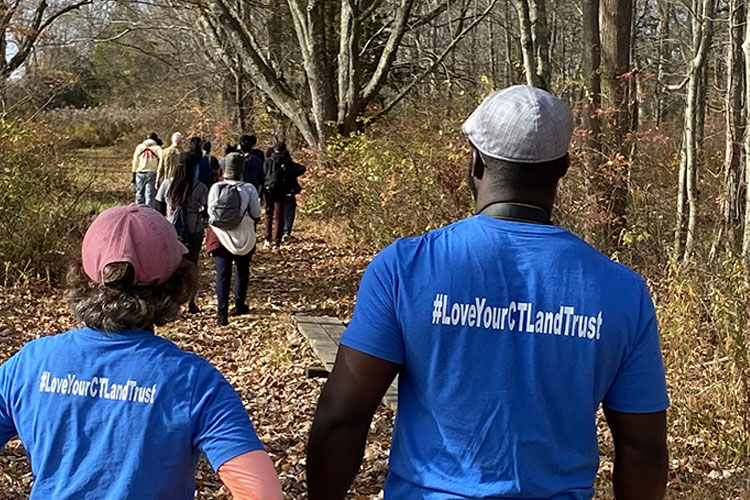Resource Library
|
Climate Smart Stewardship
Welcome to our comprehensive collection of resources on climate-smart stewardship. Here, you’ll find a diverse array of materials designed to support your journey in understanding and implementing climate-smart practices. These resources range from explanations of what climate-smart agriculture and forestry practices to planning tools like the USFS Tree Atlas and NIACS Adaptation Journal, which offer invaluable insights and guidance for effective stewardship in a changing climate. These resources can be helpful for anyone from seasoned land stewards, to new landowners, or concerned nature lovers.
If you find additional resources that are helpful to you and not located on this page, send them to rbentley@ctconservation.org to add them.
| Conference, 2024
A.2 Land Trust Law School
| Conference, 2024
A.4 Tools for Protecting and Restoring Riparian Areas – Rivers’ Natural Protection
| Conference, 2024
A.6 Property Features Mapping with the Avenza App
| Conference, 2024
A.13 Strengthening Your Land Trust Board of Directors
| Conference, 2024
B.2 Lassoing the Transformative Power of Strategic Conservation Planning
| Conference, 2024
B.4 Pollinators and their Neighborhoods
| Conference, 2024
B.9a Honoring Indigenous Wisdom: Land Stewardship and Community Connection
| Conference, 2024
B.11 CT General Assembly 2024 Update
| Conference, 2024
B.13 Building Your Roadmap: Considerations for Strategic Planning
